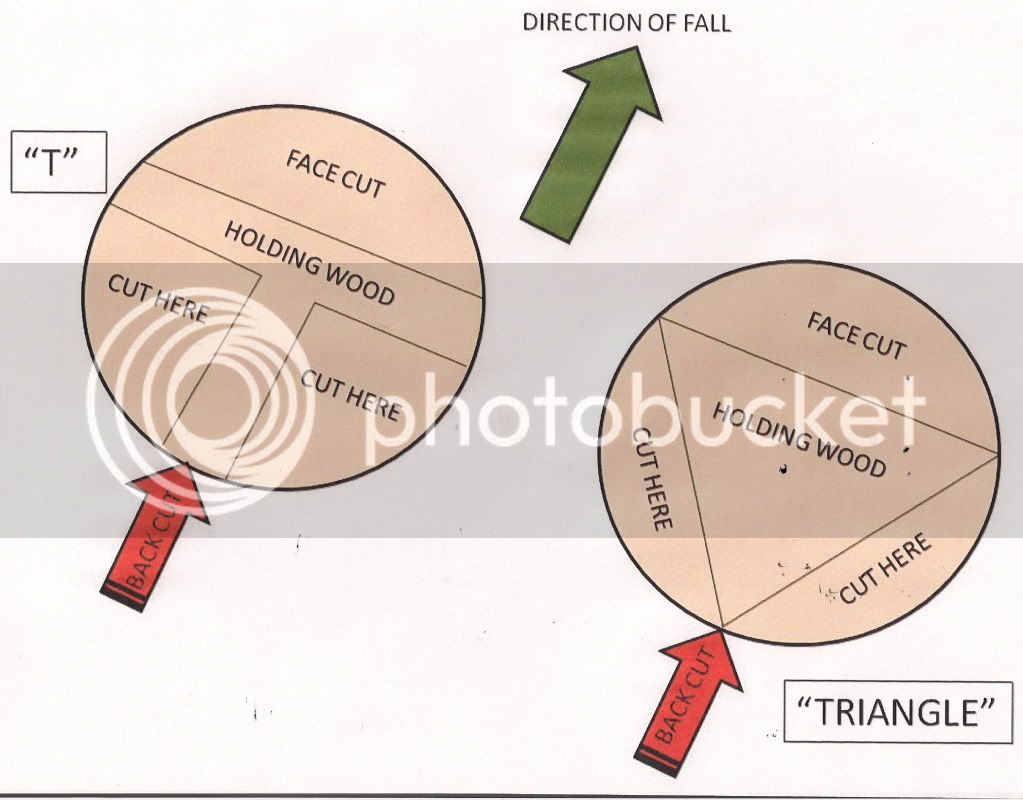Do they not have workmens' comp in Kentucky? Out here, the insurance rate goes up from an already high premium, if you have accidents. That's a major incentive to be safe. When accidents happen, the safety inspectors visit more, and fines happen. Big fines. That's more incentive.
Chainsaws...fallers around here use 460s with 32 inch bars and may have a 660 in the pickup. It is all second or third growth timber getting cut. My neighbor says that a 440 is good until you get into a predicament and then you need the extra power that a bigger saw will give.
Long bars are used because of limbing techiniques and topography. Limbing is done by walking along on the tree and cutting. Long bars allow you to cut without having to move around to the other side and on steep ground, that will save time and energy.
That's all I know, I'm not a faller.
Chainsaws...fallers around here use 460s with 32 inch bars and may have a 660 in the pickup. It is all second or third growth timber getting cut. My neighbor says that a 440 is good until you get into a predicament and then you need the extra power that a bigger saw will give.
Long bars are used because of limbing techiniques and topography. Limbing is done by walking along on the tree and cutting. Long bars allow you to cut without having to move around to the other side and on steep ground, that will save time and energy.
That's all I know, I'm not a faller.
































































